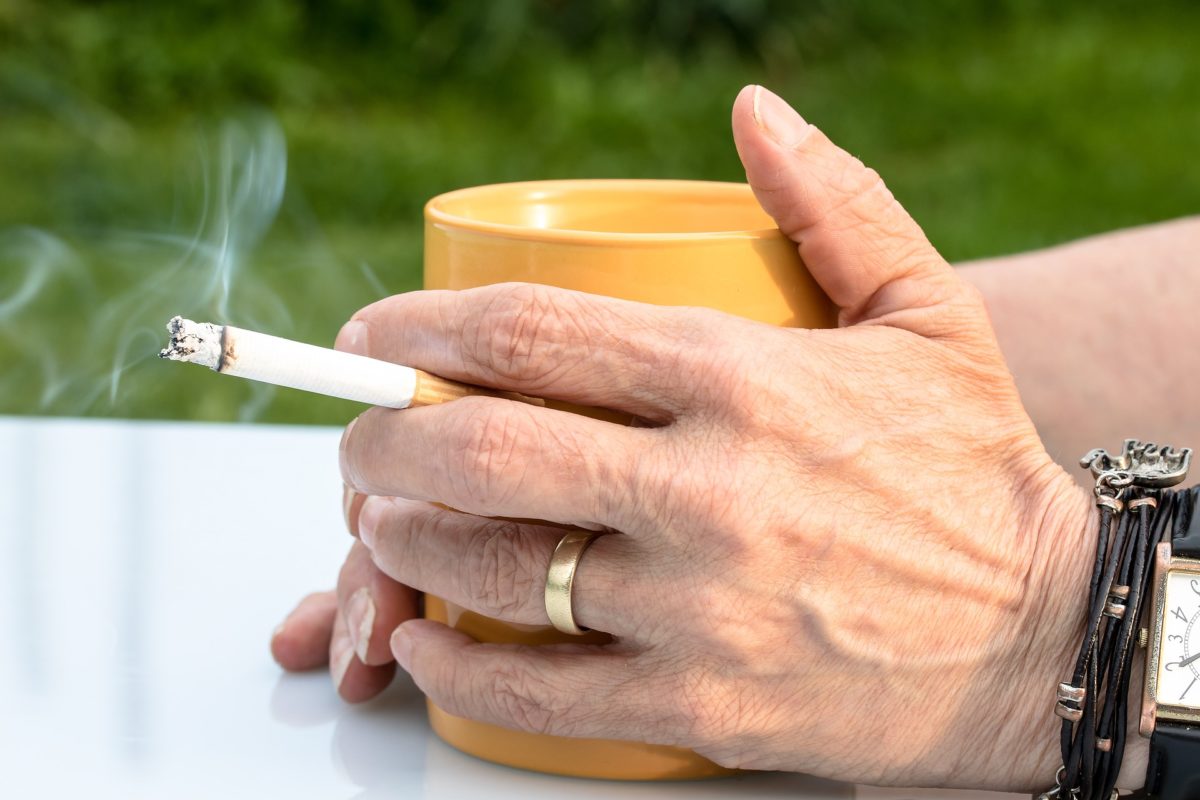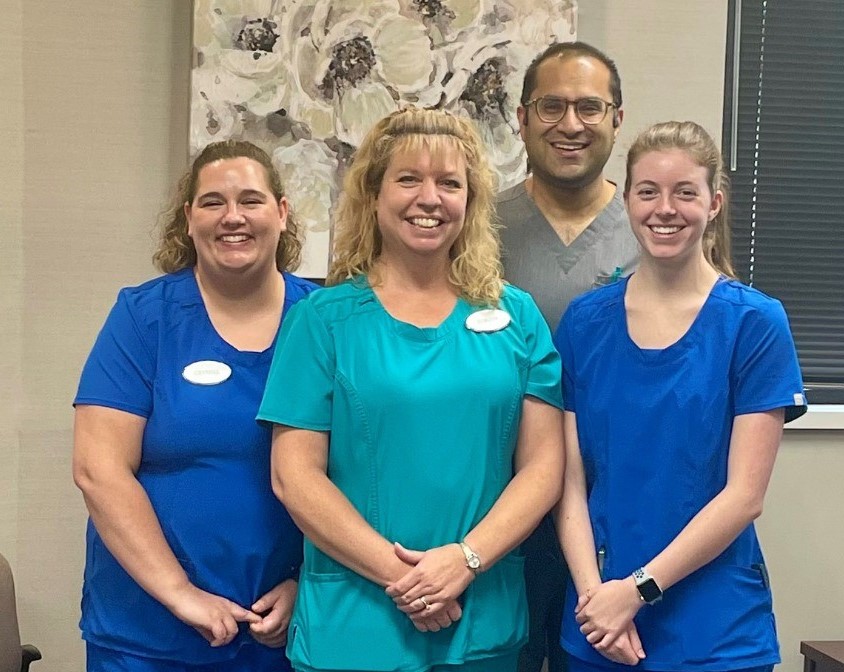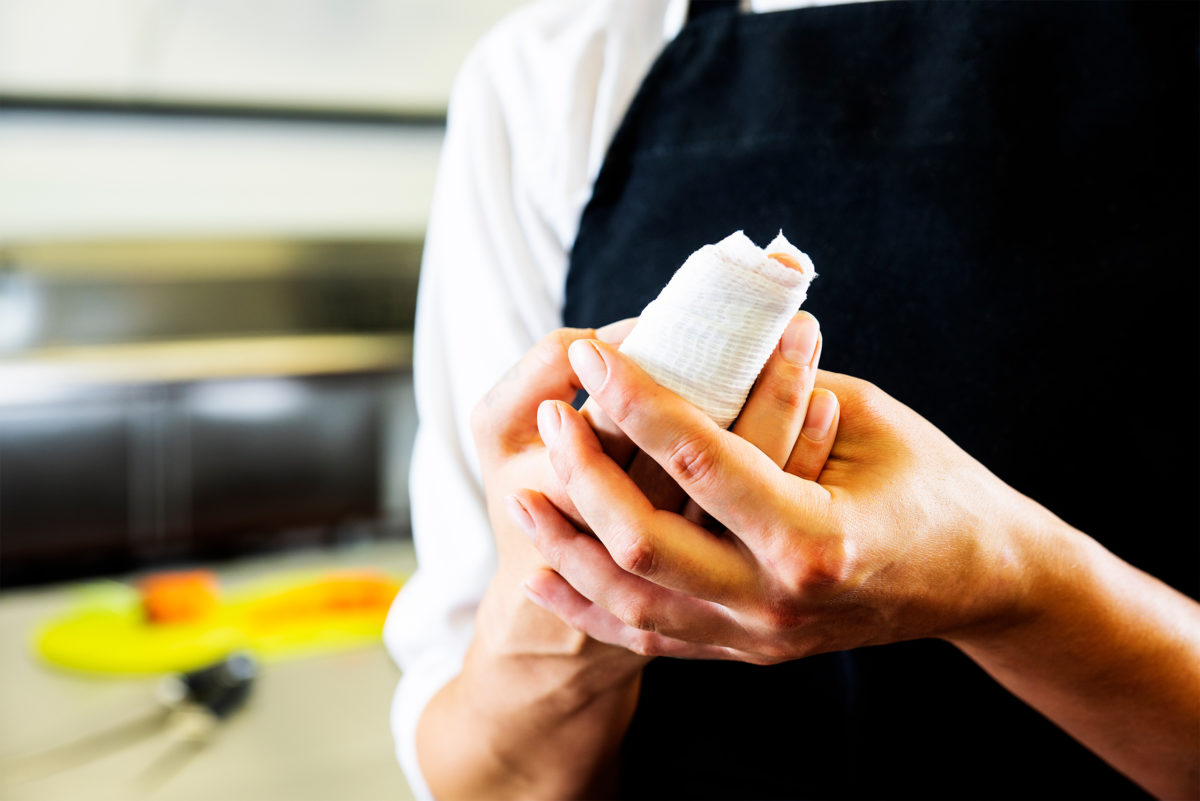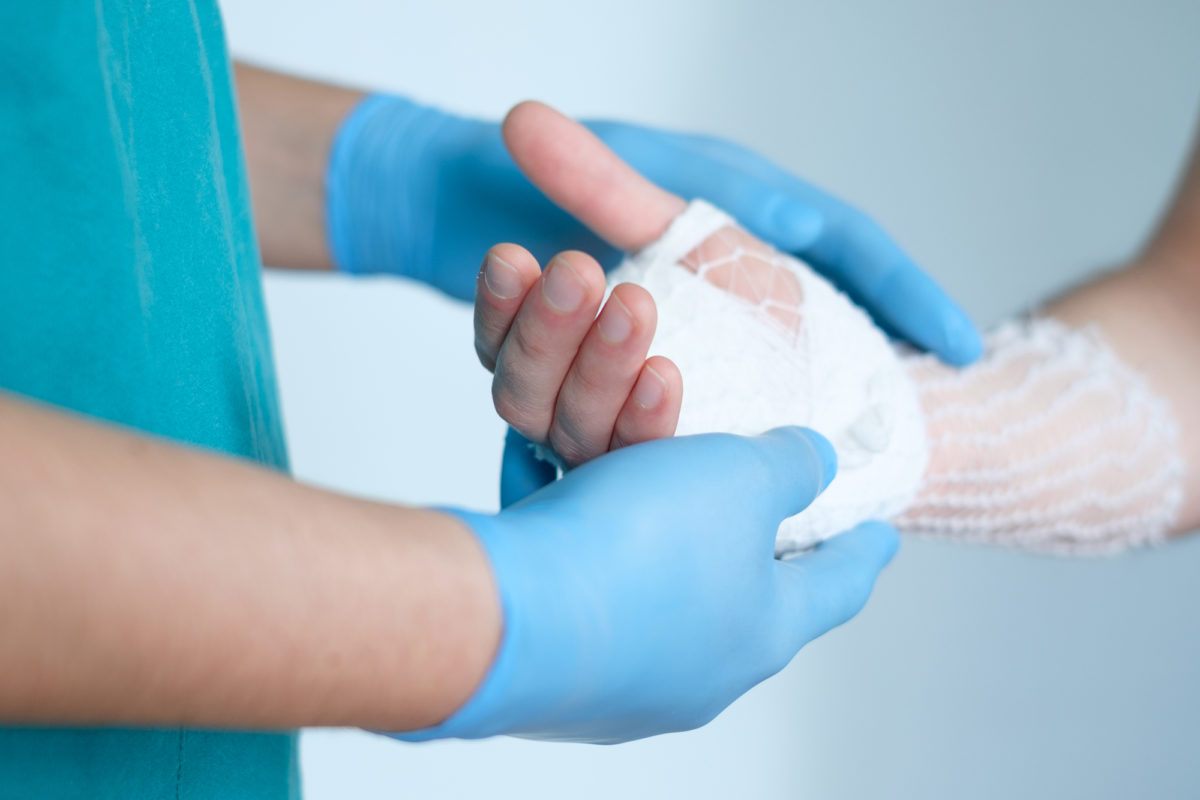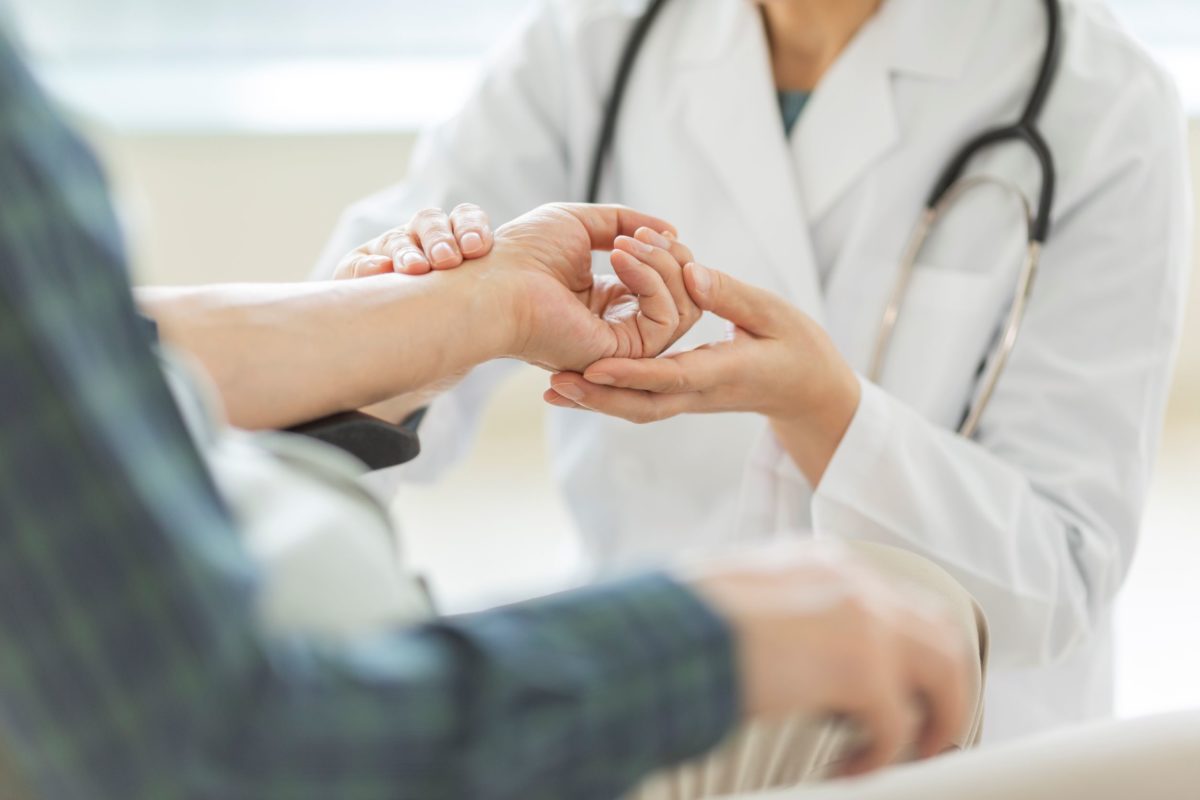Even though cigarette smoking has greatly declined in recent years, nearly 40 million U.S. adults still smoke, according to the Centers for Disease Control & Prevention. We don’t need to rehash all the dangers of smoking as it relates to your overall health, as we’re sure you have heard them time and time again. What the media might not talk about as much, however, is how smoking affects your hands.
Some of the effects of smoking on your hands are obvious, such as the scent and the stains. You almost couldn’t ignore those if you tried. And then there are the effects you might certainly feel but not associate with smoking at all.
Consider the following facts, according to sources such as the American Society for Surgery of the Hand.
1. Studies show that smokers have decreased blood flow in the skin of their fingers as compared to non-smokers.
2. Smokers have increased vascular resistance, which means the vessels are tighter, most likely because smoking increases the amount of adrenaline in the body.
3. Scleroderma patients who smoke have a four times higher chance of having vascular problems in the fingers.
4. Skin wounds heal slower in fingers exposed to cigarette smoke and nicotine.
5. Smokers are twice as likely have wounds that will not heal.
6. Smokers are twice as likely to have wound infections.
7. Smokers are almost twice as likely to develop infections in the hands.
8. The skin of your hands may wrinkle and age prematurely. This is because the chemicals in cigarette smoke damage collagen and elastin, which are responsible for making the skin look supple, firm, and healthy.
9. Hand fractures may take longer to heal in smokers vs. non-smokers.
10. Smoking can lead to general tingling, numbness, and pain in your hands.
11. Smokers who have conditions such as diabetes may have even greater tingling, numbness, and pain in their hands.
12. The flame from a cigarette lighter may accidentally burn the tips of your fingers.
13. Congenital hand problems such as extra fingers or fused fingers are more common when the child’s mother smoked while pregnant.
14. Dupuytren’s contracture is more common in smokers.
15. Complex regional pain syndrome may be more likely in smokers.
16. Smoking is a risk factor for psoriasis.
In addition to all these possible effects on your hands, elbow pain may also be more common in smokers.
But here’s the good news: When you stop smoking, many of these effects can be reversed, minimized, or prevented. At the very least, quitting smoking may stop the progression of these effects on the hands.
If you do experience chronic hand pain for any reason, make an appointment to see Dr. Arora in Warren, Howell, Macomb Township, or West Bloomfield.

